Kruger National Park. November 2018
2. Kruger - route and camps .
The Kruger National Park is nearly 400km from North to South but only about 60km wide. It now has an open border with the Limpopo National Park in Mozambique.
We spent 3 weeks traveling through the park stopping at 7 campsites. We didn't book any accommodation in advance as November isn't a popular month which meant that we could book extra nights at camps we liked and move from camp to camp as we wanted. The only camp that we were unable to book was Lower Sabie - always the most popular Rest Camp.
It was extremely dry and there were only 3 rivers that had running water - the Oliphants River in the central section and the Sabie and Crocodile Rivers in the South. The other rivers were either completely dry or had pools here and there. Many of the dams were also dry, however all the animals that we saw looked to be in good condition. On our fourth day we did have a good downpour overnight and the next morning - the only rain we had in the 3 weeks that we were there. It was amazing that a week or so after the rain grass was starting to grow and some trees and bushes were flowering.
The northern half of the park is less popular with visitors partly because it's further to get to but also because there are fewer predators so if you've only got a few days people tend to congregate from Satara south. As a result predator sightings in the south can get very busy and on a few occasions around Skukuza and Lower Sabie we saw upwards of a dozen vehicles (mostly private Open Safari Vehicles rather than cars) jostling for a sight, not something that we enjoy.
Our 3 favourite camps were Punda Maria, Balule and Berg-en-Dal.
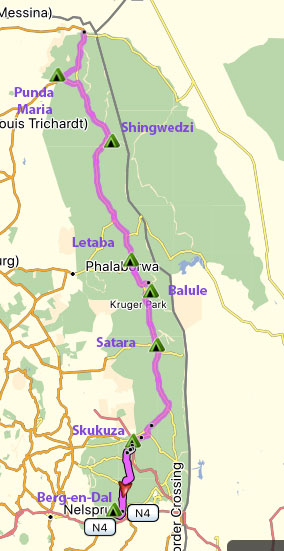
Punda Maria Rest Camp
The northernmost Rest Camp in the Park and a favourite of ours as the campsite is near waterhole. We've stayed here several times. There is a hide which overlooks the waterhole which was very popular in the dry weather. After the first night we moved to a site next to the fence where we had a great view, in fact on a couple of days didn't bother to drive out just enjoyed watching the animals - and especially the elephant families - at the waterhole. There were plenty of youngsters who had a great time playing in the water. The animal photos are all taken from the hide.
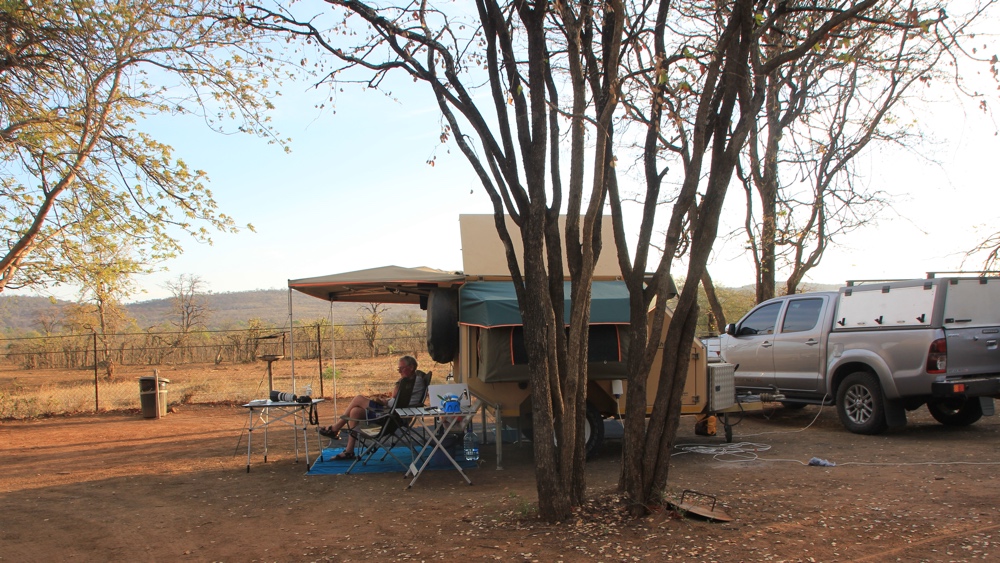
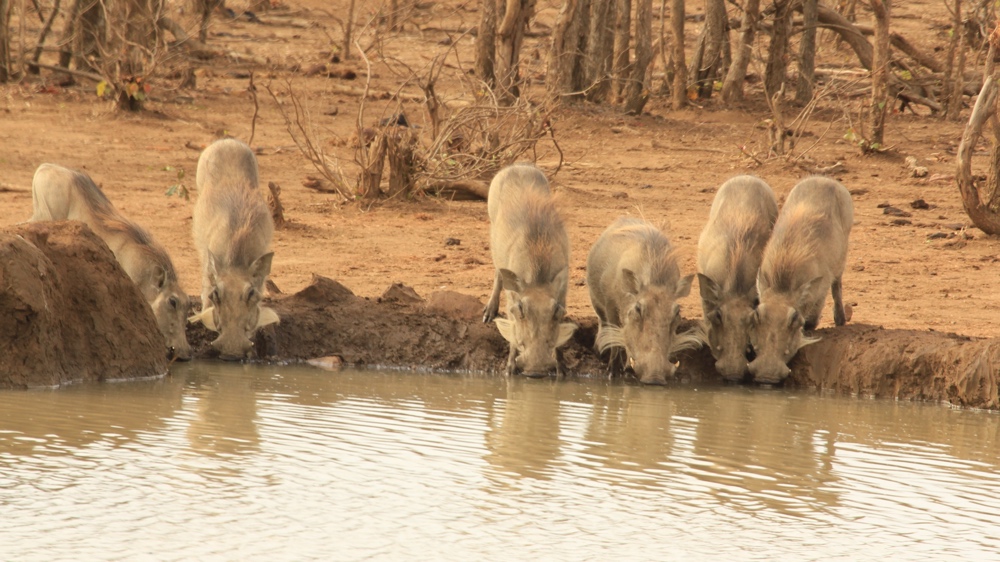
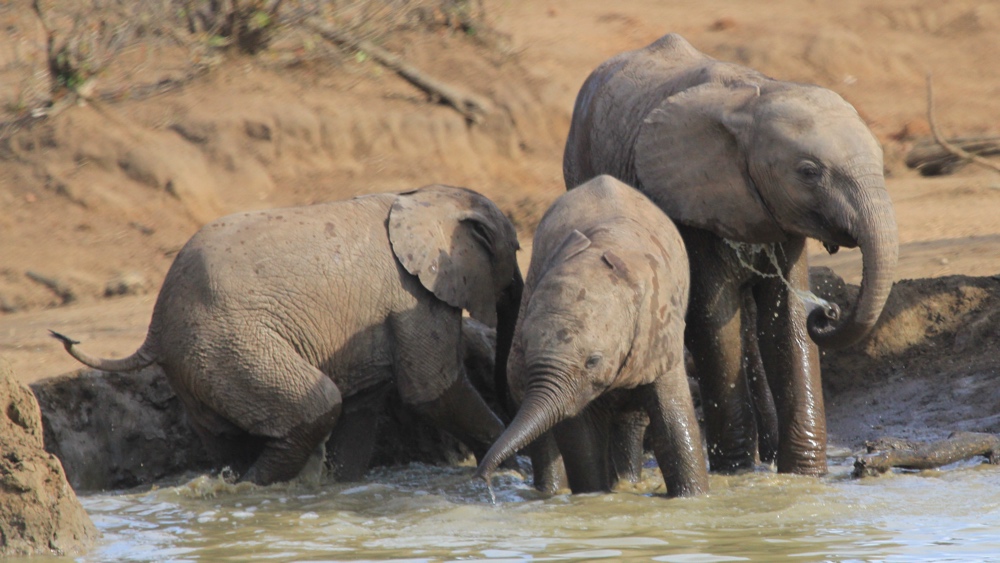
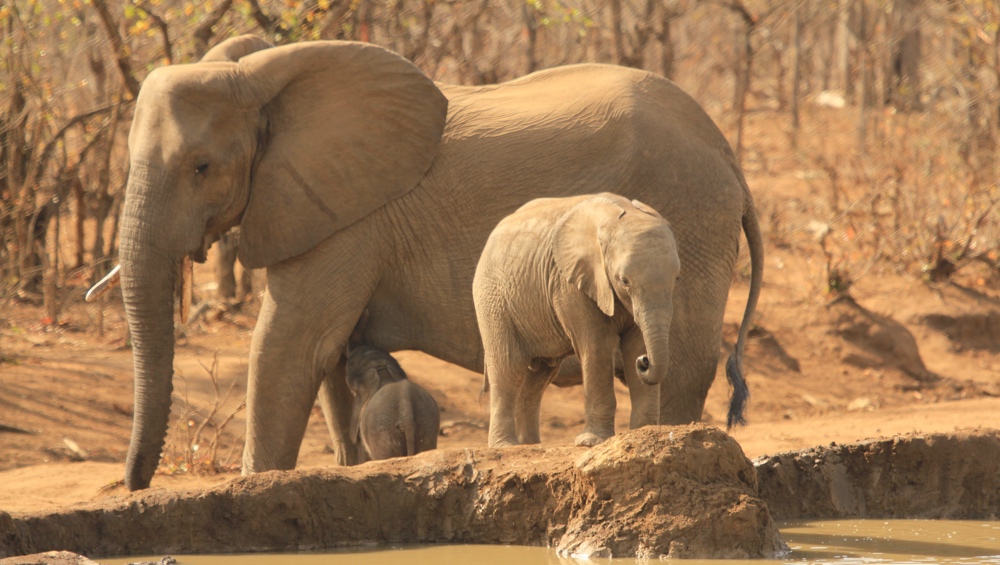
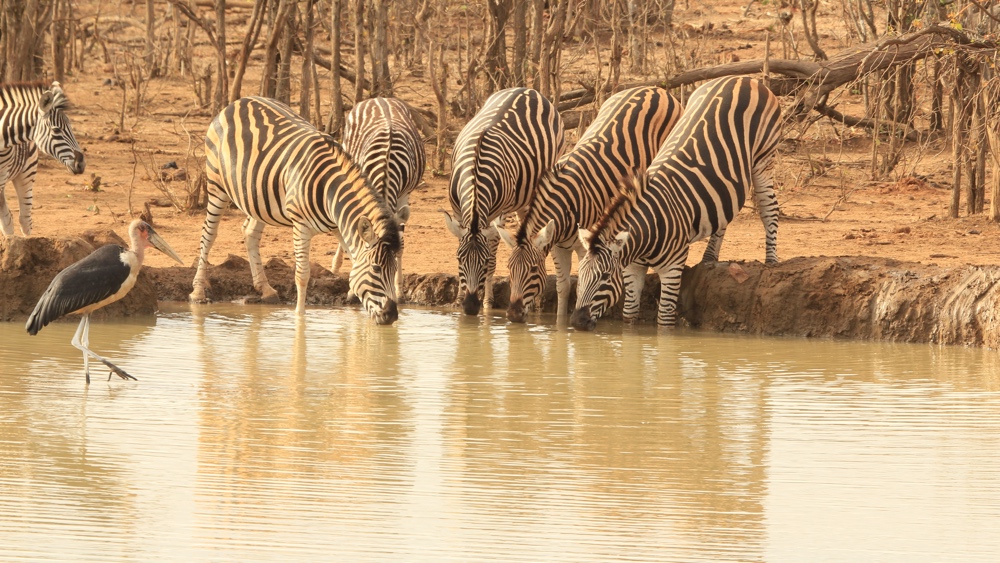
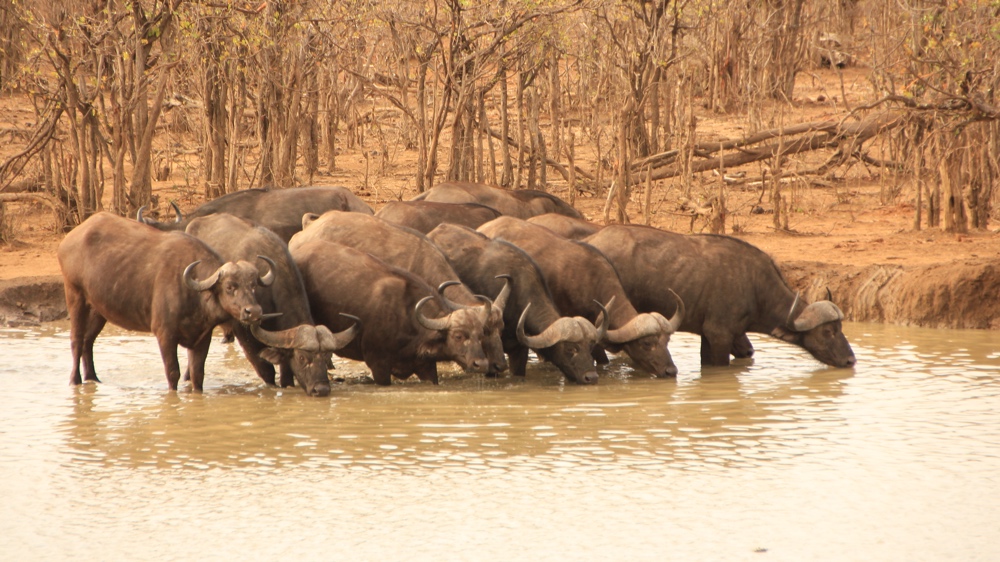
Balule Bush Camp
This is a very popular camp and it's the first time that we've been able to book it.
it's a Bush Camp so much smaller than the main Rest Camps with no electric, shops or pool. We had solar panels to power our fridges so were fine. There are only 15 sites around the perimeter of the camp and we got a nice shady site with a view of the Oliphants River through the bushes below us.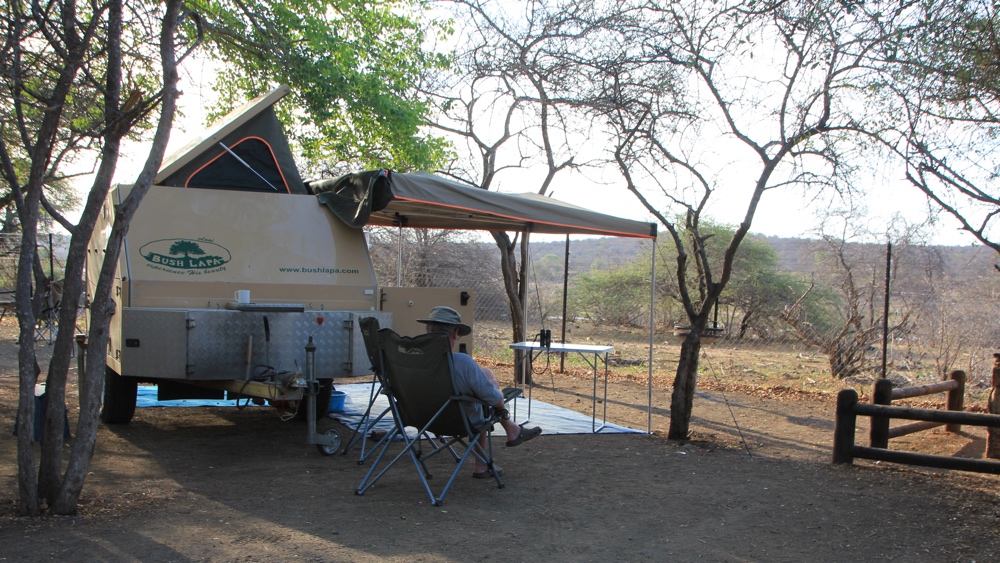
We manged to squeeze our van into this space which had some shade.
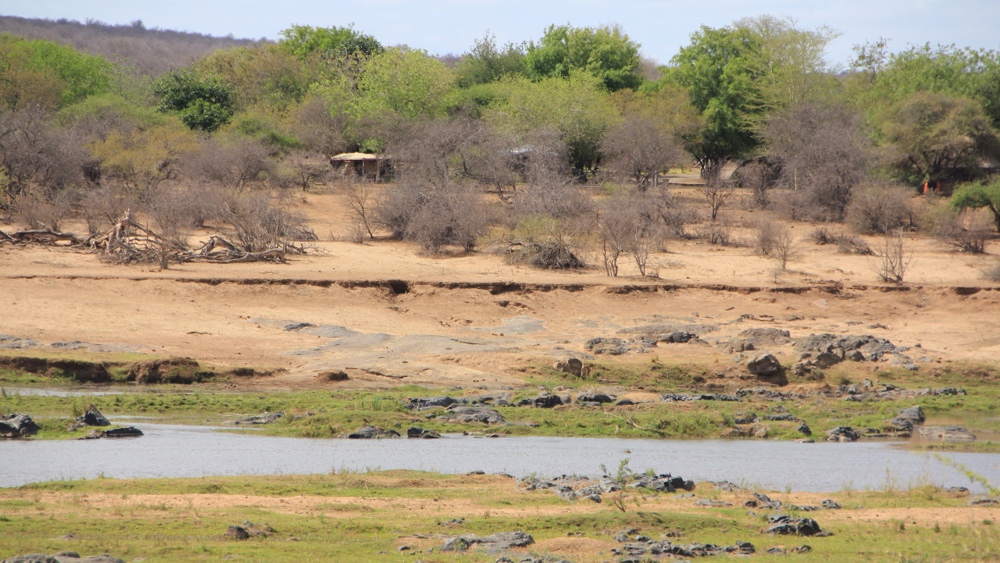
The Oliphants River (very low but still flowing ) in the foreground with Balule Bush Camp amongst the trees - you can just see the awning of our van amongst the bushes.
We saw hyena patrolling the fence around the camp every day. One morning they spent hours asleep just opposite us, gradually moving into the shade as it got hotter.
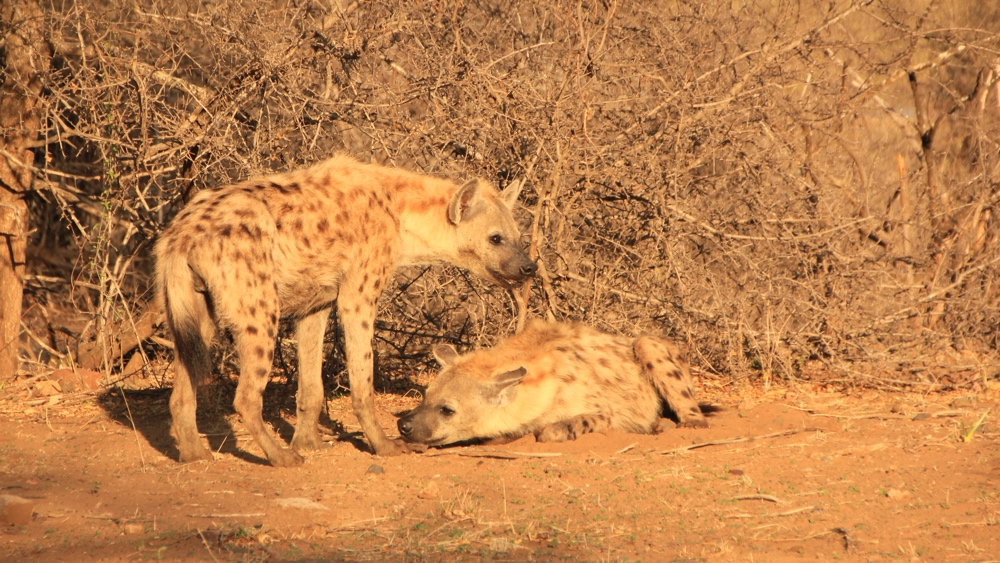
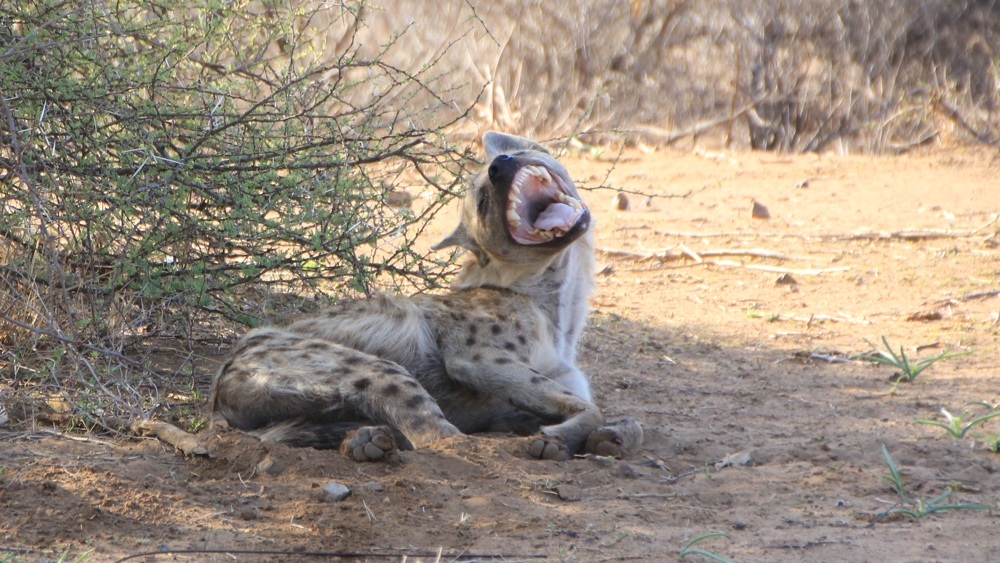
We occasionally saw animals at the river from our site.
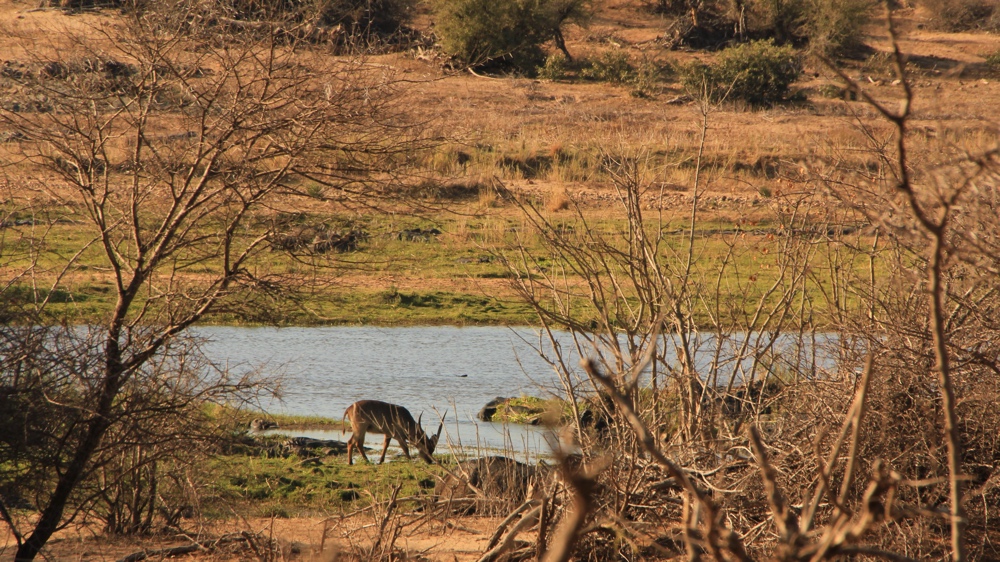
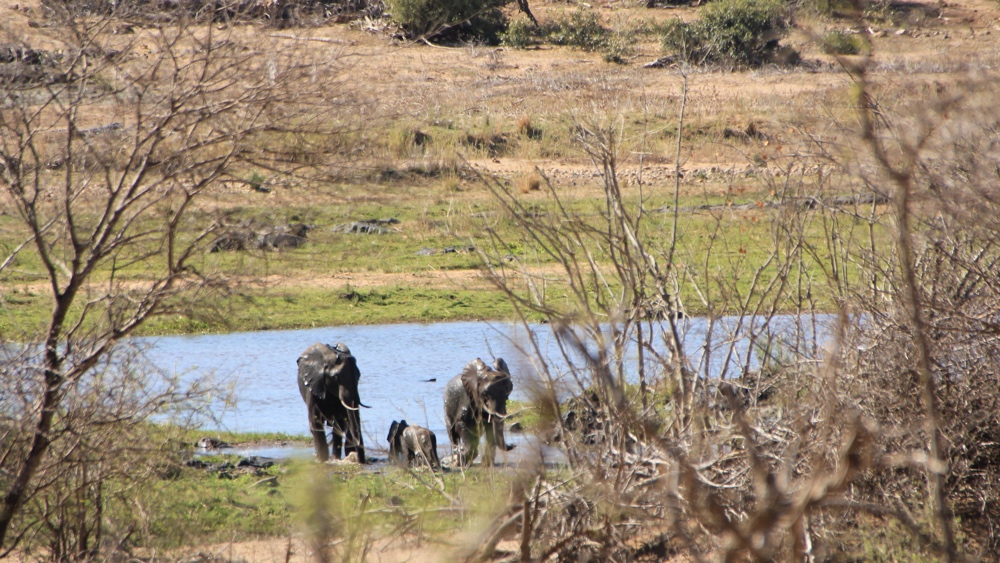
Berg-en-Dal Rest Camp
In the South we always enjoy Berg-en-Dal campsite. Once again we got a shady pitch next to the fence and saw animals every day from our site.
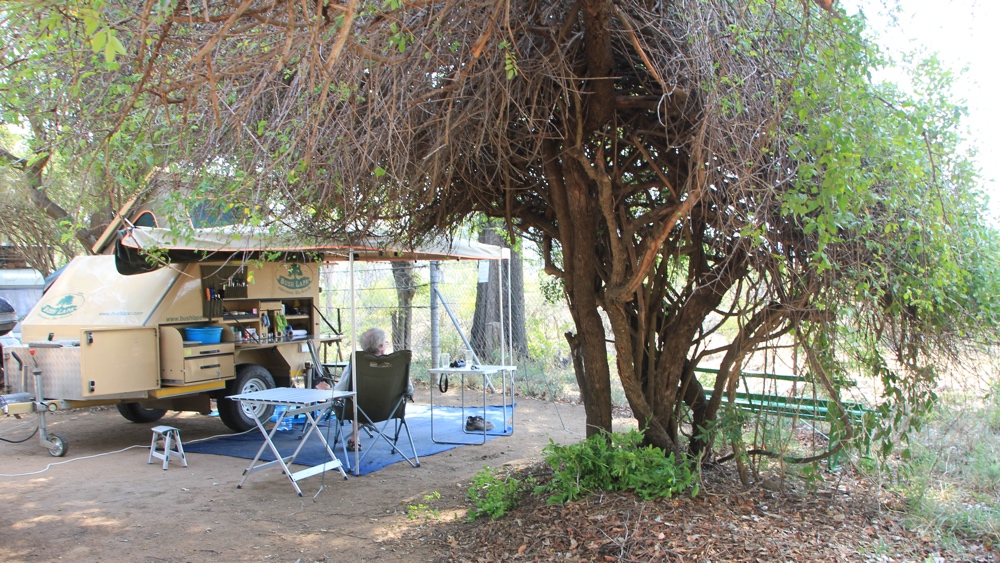
Our campsite.
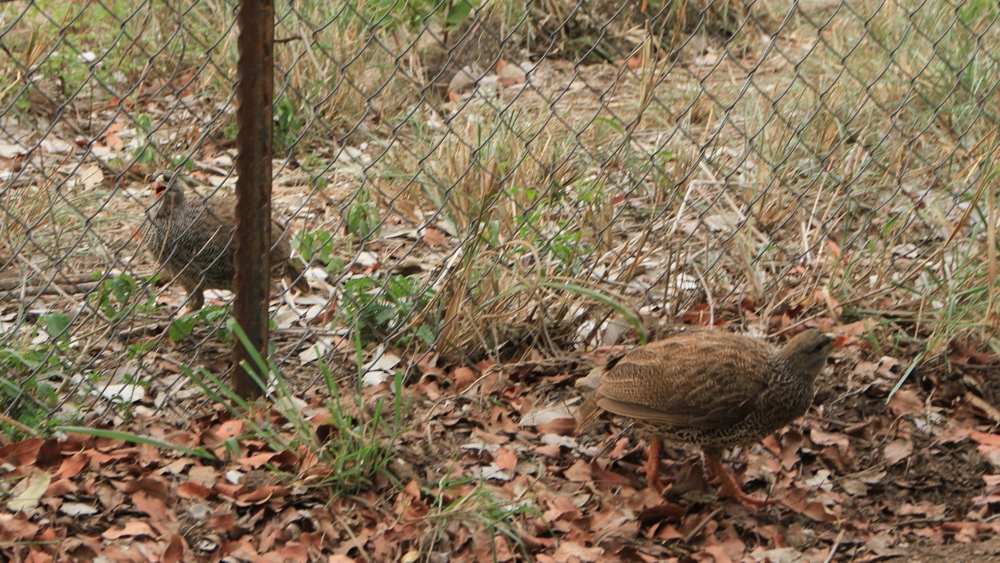
These two natal francolin were separated by the fence at the campsite. They spent some time wandering up and down the fence shouting at each other before one finally flew over the fence to join its mate.
This elephant decided it wanted a high branch of a tree. After a couple of attempts it managed to pull a branch down.

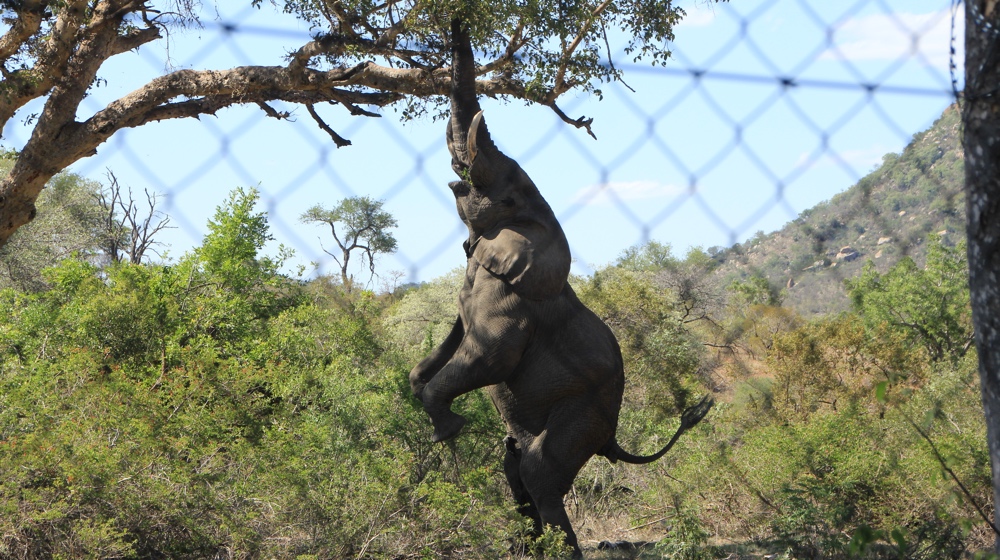
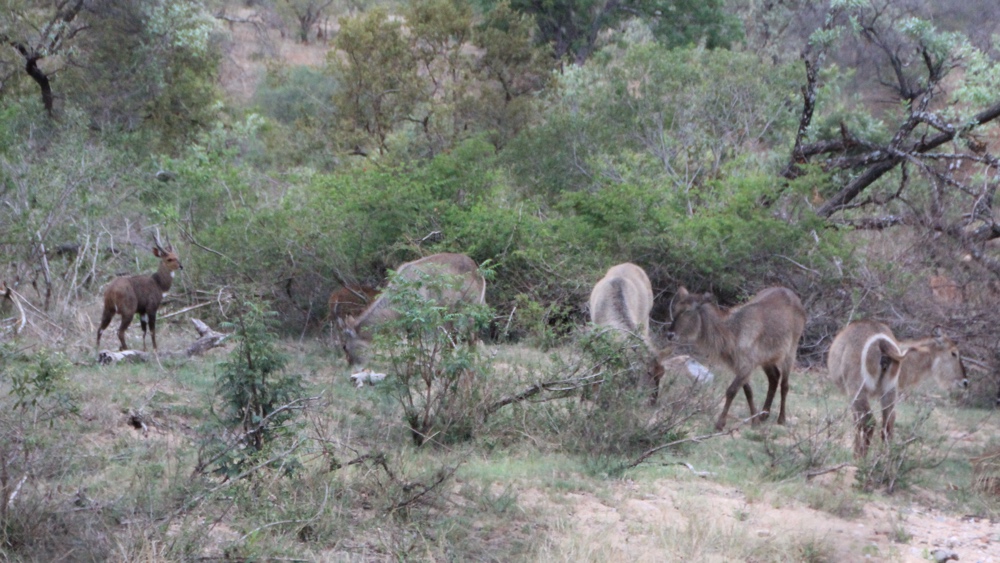
A bushbuck and several waterbuck.
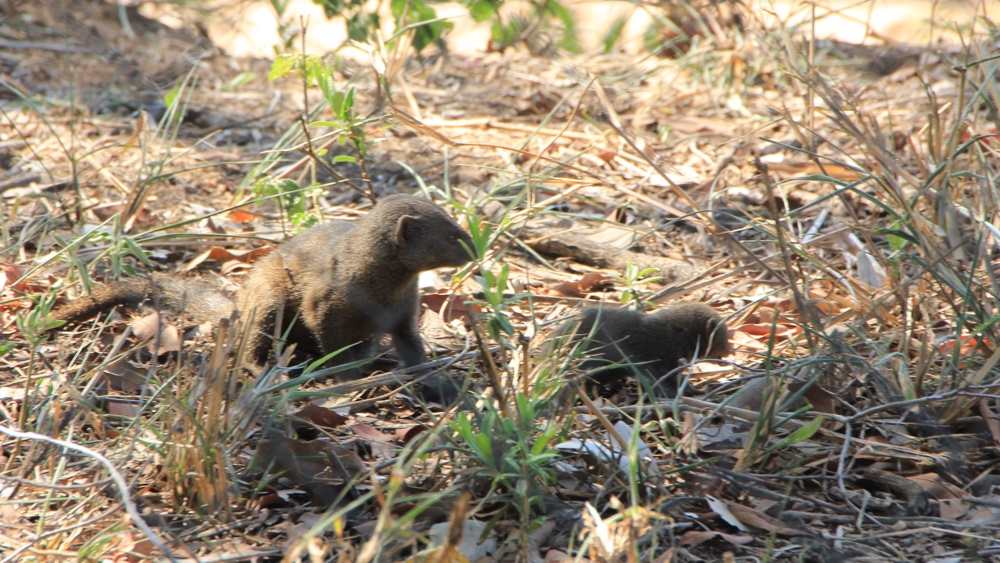
A couple of dwarf mongooses - part of a larger family.
Open Safari Vehicles
This, sadly, is a frequent sight in the southern part of the Park, especially between Skukuza and Lower Sabie. All these vehicles were trying to spot a leopard which had, in all probability, disappeared ages ago. They use their radios (which are only supposed to be used in an emergency) to contact each other.
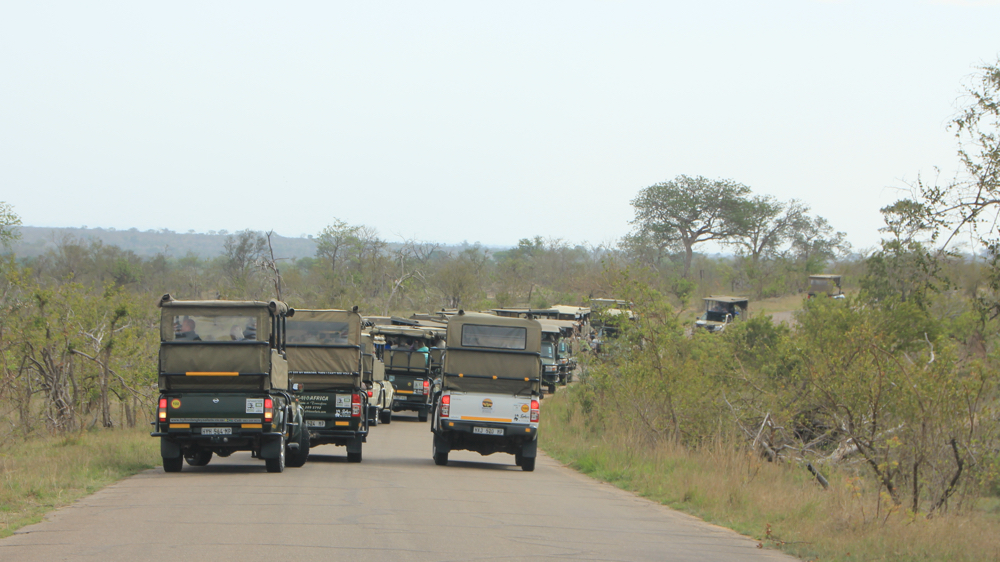
Last updated: January 2021